Many photographers pack up their gear as soon as the sun sets. However, the most magical time to make pictures can be twilight or night! Shooting at twilight and beyond allows the photographer to create beautiful story-telling imagery. Night transforms an ordinary scene into something extraordinary, providing a wonderful opportunity to expand your creative and artistic options. From cityscapes to landscapes, and from twilight to a starry sky, beautiful nightscape opportunities are limitless.
To determine the best nightscape composition, and to have a few alternative compositions, scout out locations ahead of time. Make a few test shots during the scouting. The photograph is your story, a visual narration of what you experience, and your interpretation of the scene. Your passion about your photograph is what will make it compelling to others. Don’t be afraid to find an angle and perspective that makes your composition more expressive. I photographed Havana from the balcony of the 24th floor of a hotel that I scouted out earlier that day. I felt the higher perspective created more interest, which portrays more of a story about the cityscape of Havana.
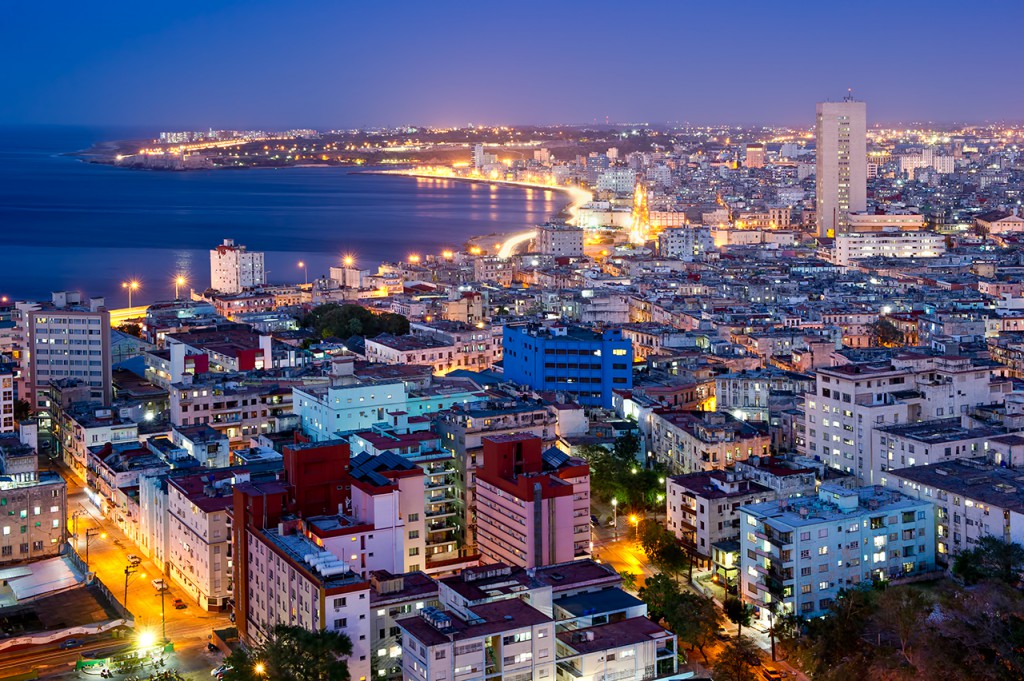 You can create visual impact by photographing during flattering light conditions. During twilight, the sky takes on a rich blue color, and things start to get exciting. When photographing cityscapes, you can use a small aperture and a long exposure to create wonderful little starbursts that sparkle from various points of light in the composition. These starbursts can add a dimensional quality to a nighttime scene. City lights can look like diamonds, and an intense blue night can create a beautiful and glamorous composition.
You can create visual impact by photographing during flattering light conditions. During twilight, the sky takes on a rich blue color, and things start to get exciting. When photographing cityscapes, you can use a small aperture and a long exposure to create wonderful little starbursts that sparkle from various points of light in the composition. These starbursts can add a dimensional quality to a nighttime scene. City lights can look like diamonds, and an intense blue night can create a beautiful and glamorous composition.
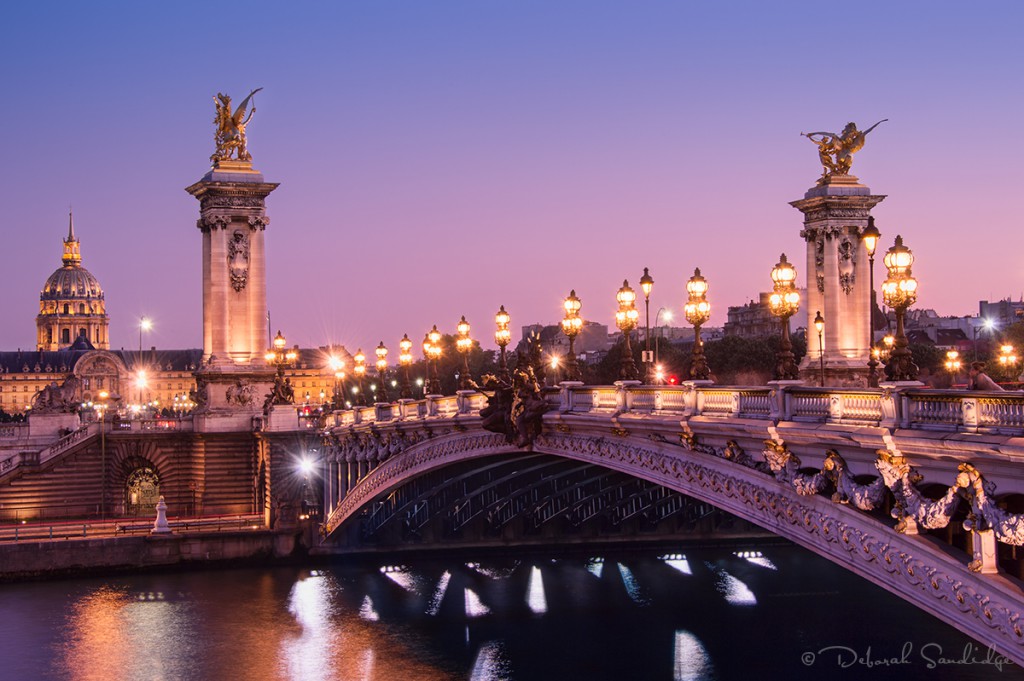 To accentuate color throughout your composition, experiment with white balance. Don’t worry about the “correct” white balance, find a setting that artistically represents the scene. I find 4000K to 5000K a good place to start. If you are shooting in Raw format, you can tweak white balance after the fact, which is most helpful if you change your mind! If you have Live View enabled, a feature on many cameras, you can scroll through the various white balance settings to find the most complementary colors.
To accentuate color throughout your composition, experiment with white balance. Don’t worry about the “correct” white balance, find a setting that artistically represents the scene. I find 4000K to 5000K a good place to start. If you are shooting in Raw format, you can tweak white balance after the fact, which is most helpful if you change your mind! If you have Live View enabled, a feature on many cameras, you can scroll through the various white balance settings to find the most complementary colors.
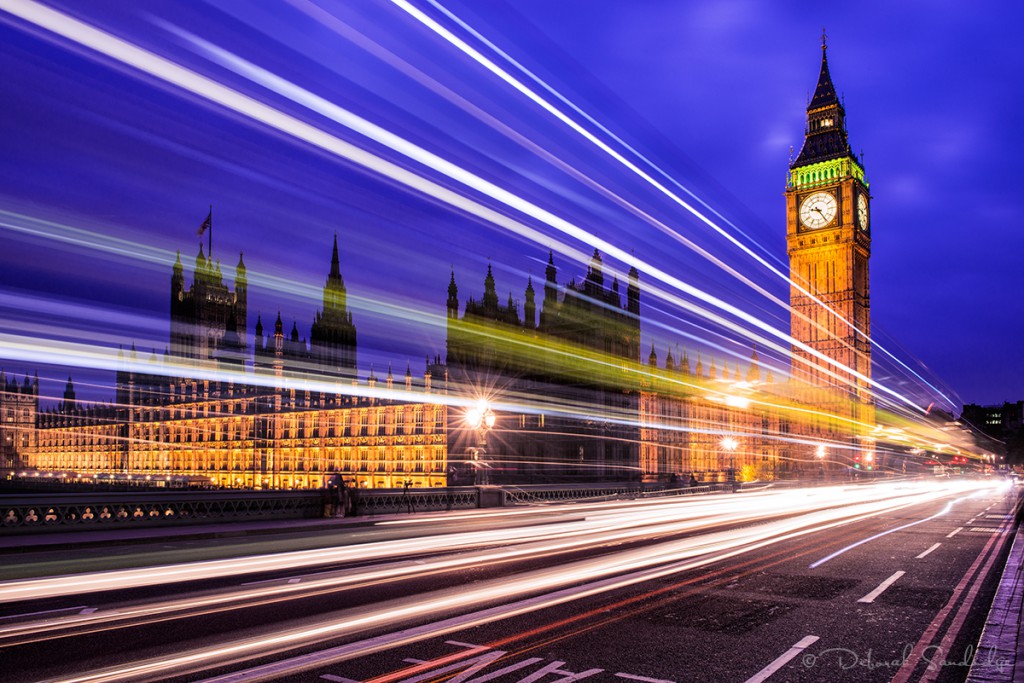 Try a creative technique to jazz up your composition to convey motion. Use a long exposure to blur cars and buses in the scene. In one of my favorite photographs from London, I set up my tripod and camera, and had my cable release ready to trigger as tall buses passed by during the blue hour. A resultant 10 second exposure allows streaks of light to be recorded in the photograph, making for a fun and creative image.One of my favorite tips is to use a filter on the lens such as the FL-W filter. In conjunction with a white balance setting of 4000K – 5000K, this creates stunning violet and gold colors throughout your image. If you want to add a touch of glamor, try using a cross screen filter, also known as a star filter to accentuate the points of light throughout the image.
Try a creative technique to jazz up your composition to convey motion. Use a long exposure to blur cars and buses in the scene. In one of my favorite photographs from London, I set up my tripod and camera, and had my cable release ready to trigger as tall buses passed by during the blue hour. A resultant 10 second exposure allows streaks of light to be recorded in the photograph, making for a fun and creative image.One of my favorite tips is to use a filter on the lens such as the FL-W filter. In conjunction with a white balance setting of 4000K – 5000K, this creates stunning violet and gold colors throughout your image. If you want to add a touch of glamor, try using a cross screen filter, also known as a star filter to accentuate the points of light throughout the image.
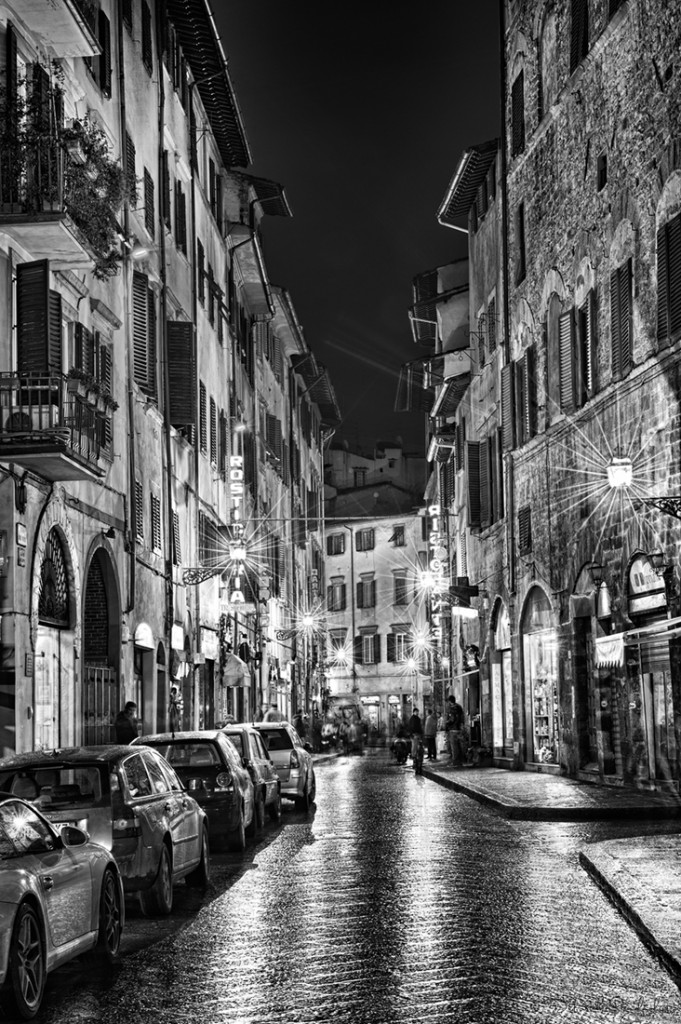 Once the rich blue sky of twilight has faded into darkness, consider using dramatic light and shadows to create a compelling composition. City scenes at night can look fantastic when the image is converted to black and white. Light, shadow, tonality, texture, patterns and shapes all become fascinating compositional elements without the connotations of color. At night, the dynamic of light changes dramatically, everything looks fascinatingly different!
Once the rich blue sky of twilight has faded into darkness, consider using dramatic light and shadows to create a compelling composition. City scenes at night can look fantastic when the image is converted to black and white. Light, shadow, tonality, texture, patterns and shapes all become fascinating compositional elements without the connotations of color. At night, the dynamic of light changes dramatically, everything looks fascinatingly different!
 You can photograph the stars to complete your evening. Look for clear nights, and avoid light polluted areas of big cities. Landscapes work beautifully for star photography. For star shots, use a wide aperture, expose for 25-30 seconds, and increase the ISO as needed to create a good exposure. I like to use a Nikkor 16mm fisheye lens or Nikkor 14-24mm lens, both are f/2.8 and work well for star photography. I’ll also use a white balance setting of 2900-4000K. Double check the histogram after you make a test shot to ensure the stars and sky are being exposed correctly. Create a little magic by shooting a starry night!
You can photograph the stars to complete your evening. Look for clear nights, and avoid light polluted areas of big cities. Landscapes work beautifully for star photography. For star shots, use a wide aperture, expose for 25-30 seconds, and increase the ISO as needed to create a good exposure. I like to use a Nikkor 16mm fisheye lens or Nikkor 14-24mm lens, both are f/2.8 and work well for star photography. I’ll also use a white balance setting of 2900-4000K. Double check the histogram after you make a test shot to ensure the stars and sky are being exposed correctly. Create a little magic by shooting a starry night!
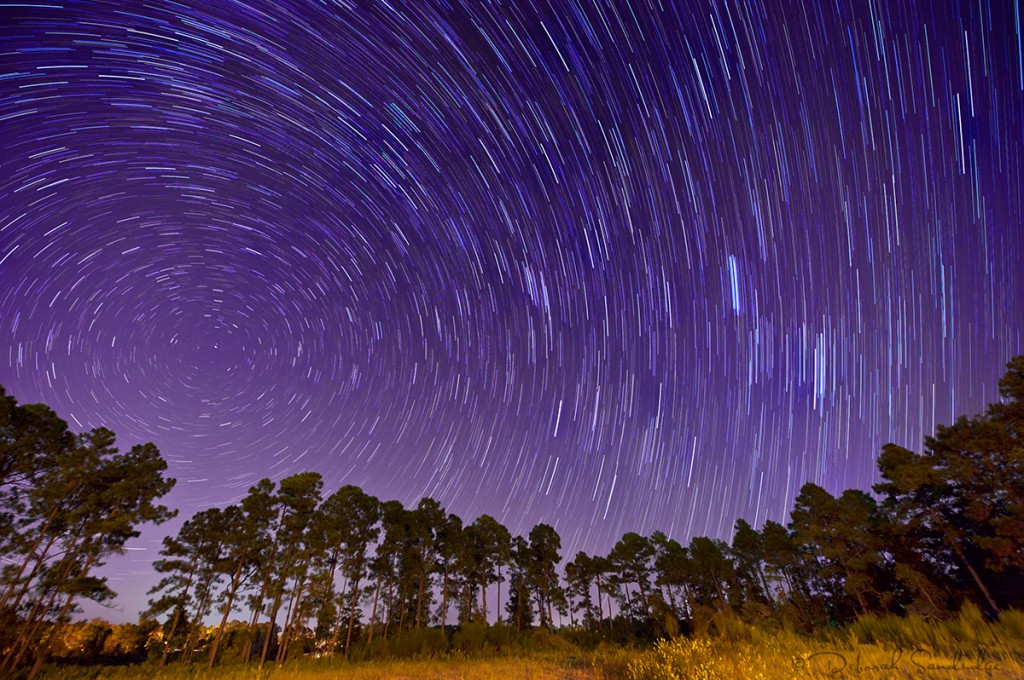 What’s great about photographing nightscapes is that you don’t need sophisticated or expensive equipment to create beautiful pictures. You may already have a tripod and cable release. If you don’t have a cable release, you can use the self-timer feature on your camera. Bring along a flashlight to make camera adjustments easy, and if you want to locate the North Star, a compass comes in handy too.
What’s great about photographing nightscapes is that you don’t need sophisticated or expensive equipment to create beautiful pictures. You may already have a tripod and cable release. If you don’t have a cable release, you can use the self-timer feature on your camera. Bring along a flashlight to make camera adjustments easy, and if you want to locate the North Star, a compass comes in handy too.
How to Photograph Twilight
- Scout out locations first. It’s easier to determine and set up compositions before the sun goes down. Shoot the beautiful golden light of sunset first, and then wait for blue hour of twilight followed by the opportunities to shoot well into night.
- Use a sturdy tripod. I use a carbon fiber tripod, which is perfect for travel and everyday use.
- Keep it level. Use Live View or place a bubble level on the hot shoe of your camera.
- Cable release or self timer feature. Using a cable release helps prevent vibration being transferred to the camera by pressing the shutter. You can also use Mirror Lock-up if available on your camera.
- White balance. Try starting with 4000K, or 5000K (Fluorescent or Sunny) or to see how it looks with your scene. Auto white balance may look a little lackluster, experiment, and see what works best for your composition.
- ISO Use the lowest ISO needed for the scene.
- Manual exposure. Set the aperture for the desired depth of field, and determine the shutter speed for the exposure. Try 8-10 seconds for streaks of light from passing cars.
- There’s an app for that. TPE (The Photographer’s Ephemeris), LightTracker, Velaclock, and for tracking stars on the iPad try Sky Walk.
- Lost the light, no worries. Go for a classic black and white traditional look, which can look fantastic with night shots.
- Be inventive. Try a different lens, angle or perspective. Make your shot unique and different.
Deborah Sandidge is a professional photographer specializing in travel, teaching and freelance work. Deborah enjoys sharing her insight and creative ideas through workshops, seminars and writing.
Follow Deborah Sandidge…
Website/Workshops & Seminars deborahsandidge.com
Google+ plus.google.com/+deborahsandidge
Twitter @DebSandidge
Facebook facebook.com/debsandidge